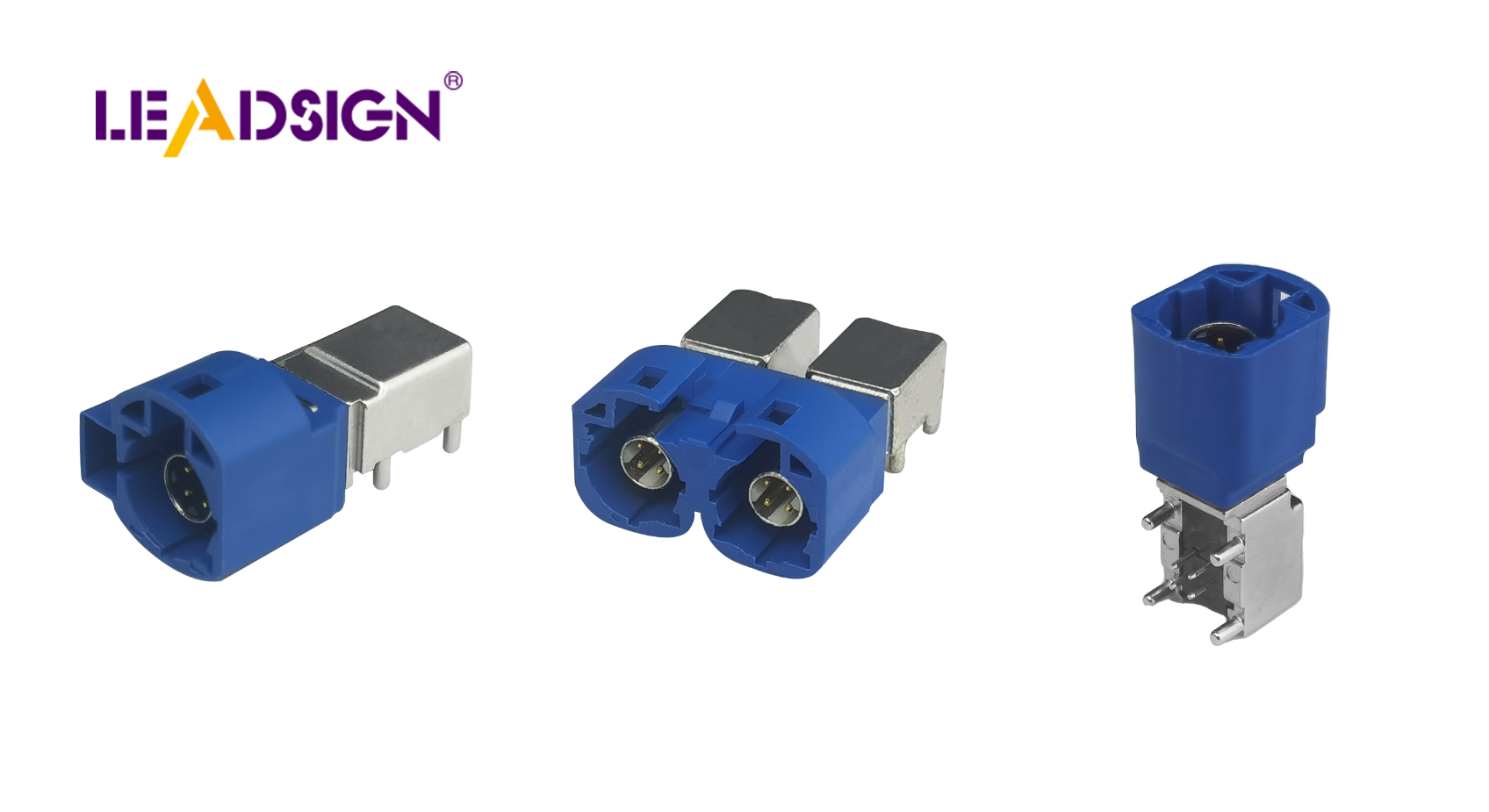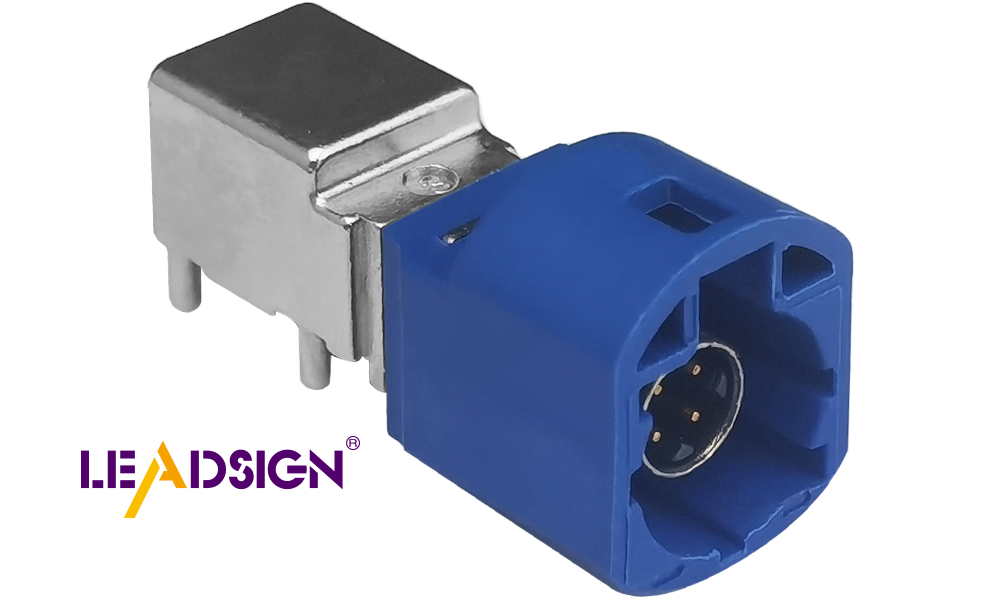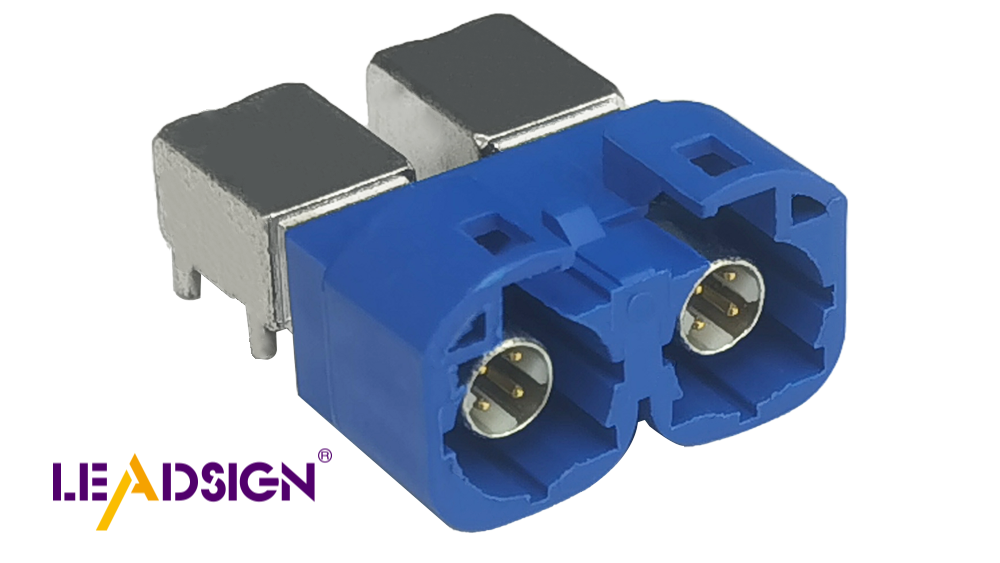How to Choose Automotive Wire Connectors Types for PCB Boards

Selecting the right PCB board to wire connectors is crucial for ensuring the safety and reliability of electronic systems. Poor choices can lead to failures, diminished performance, or significant issues. Quality connectors are designed to withstand heat, pressure, and environmental conditions, ensuring longevity. By choosing connectors that align with your project's specific needs, you can guarantee optimal performance and functionality of your electronics.
Key Takeaways
Choosing the right automotive wire connectors is essential for ensuring the safety and reliability of electronic systems.
Understand the electrical needs of your project, including voltage and current requirements, to select appropriate connectors.
Consider the materials and strength of connectors; options like brass and stainless steel offer durability in harsh conditions.
Select connectors based on their ability to handle tough environments, such as moisture and temperature fluctuations.
Match the pin layouts and electrical ratings of connectors to your PCB design to avoid connection issues.
Test connectors for durability under stress and environmental conditions to ensure long-lasting performance.
Stay updated on innovations in connector technology to enhance the reliability and efficiency of your projects.
Understanding Automotive Wire Connectors for PCB Boards

What Are Automotive Wire Connectors?
Automotive wire connectors link wires to PCBs. They act as a bridge between outside wires and the circuits inside a PCB. These connectors make sure connections are strong and dependable. They help move power or data between parts of an electronic system. For example, Wire-to-Board connectors connect sensors or power supplies directly to PCBs in cars. They are built to handle different voltages and currents while keeping signals clear.
These connectors come in many styles for specific uses. Some work well with high currents and voltages, while others are small and easy to use. Knowing their purpose helps you pick the right one for your project.
Role of Wire Connectors in PCB Projects
Wire connectors are important for connecting wires to PCBs securely. They prevent loose connections or signal problems. In cars, these connectors must handle stress, shaking, and tough environments. Their strength keeps systems working even in hard conditions.
For example, audio jacks or ATX power connectors manage high current without losing performance. This makes them key for projects needing steady power or data flow. Picking the right connector boosts safety and system reliability.
Common Applications in Automotive and Electronics
Automotive wire connectors have many uses in cars and electronics. In vehicles, they link cameras, sensors, and infotainment systems to PCBs. They also support fast data transfer like USB or Ethernet connections. For instance, High-Speed Data (HSD) connectors send large amounts of data quickly in car electronics.
Outside of cars, these connectors are used in telecoms and consumer gadgets too. They allow devices to communicate smoothly while staying strong against wear and tear. Whether it’s a car’s infotainment setup or a wireless station, choosing good connectors ensures reliable connections every time.
Key Factors for Picking PCB to Wire Connectors
Electrical Needs
When picking connectors, know your project’s power needs. Check the voltage and current levels required. High-power systems, like car batteries, need strong connectors. These must handle big loads without overheating. For small circuits, tiny connectors work fine.
Low resistance in connectors is very important. It reduces energy loss and improves performance. Over time, wear or rust can increase resistance and cause problems. Strong materials help keep resistance low for a long time.
Materials and Strength
Connector materials affect how long they last. Brass with nickel or chrome coating is tough and resists damage well. This works great for projects needing long-lasting parts. Aluminum is lighter and good for weight-sensitive designs.
How connectors are attached also matters for durability. Soldered ones block moisture well, making them good in wet places. Crimped ones are easier to fix if broken. Choosing the right material and attachment type makes your project stronger.
Handling Tough Conditions
Connectors must survive tough conditions like heat or chemicals. Stainless steel connectors resist rust in harsh environments. They stay strong even when exposed to bad weather.
In cars, connectors face shaking and stress often. Some are made to handle frequent plugging in and out without breaking. Sealed connectors stop dust or water from getting inside too.
By thinking about these points, you can pick the best connector for your project’s needs.
Connector Type and Design
Picking the right connector type and design is very important. It helps your project work well and last longer. Different connectors have unique jobs, so knowing their features helps you choose wisely.
Types of Connectors
Connectors come in many types for different tasks. Here are some common ones:
Crimp Connectors: These use crimping to hold wires tightly. They are strong and great for projects needing secure cables. Crimp connectors are also easy to fix, making them useful in cars.
Solder Connectors: These attach wires by soldering them together. They block moisture well, so they’re good for wet places. Solder connectors work best when long-term reliability is needed.
Plug-In Connectors: These allow quick connections and disconnections. They are used where parts need to be assembled often. Their design makes them simple to install but still secure.
High-Speed Data (HSD) Connectors: These send lots of data quickly. They are used in car electronics like cameras or USB ports. HSD connectors stay stable even in tough conditions with special locks.
Importance of Design
A connector’s design affects how it works and fits your project. Think about these points when choosing one:
Housing Material: The material matters for strength and protection:
Brass with coatings lasts long and resists rust.
Aluminum is light, good for designs needing less weight.
Stainless steel handles chemicals or wet places well.
Termination Type: How wires connect impacts strength:
Crimped ends hold wires tightly.
Soldered ends keep moisture out better.
Mating Cycles: Some connectors can be unplugged often without breaking, which is helpful for repeated use.
Size and Footprint: Smaller connectors save space on PCBs and cost less, making them ideal for tight spaces.
By thinking about the type and design carefully, you can make your systems more reliable. Picking the right connector ensures your project works well in all conditions.
Comparing Common Types of Automotive Wire Connectors

Crimp Connectors
Crimp connectors are great for strong and secure wire connections. A crimping tool squeezes the connector onto the wire tightly. This makes it strong and helps electricity flow well. They work well in cars where shaking and movement happen often. Even under stress, they stay reliable for a long time.
Fixing them is simple if something goes wrong. You can replace the crimped part without changing everything else. These connectors are useful for many projects like power or signal systems. They are perfect for tough conditions needing durable connections.
Solder Connectors
Solder connectors make permanent and very dependable wire connections to PCBs. You melt solder to join wires, creating a solid path for electricity. This keeps resistance low and ensures good performance for important systems.
They work best in places with moisture or dust that might harm other connectors. The solder seals the connection, keeping it safe from outside damage. These connectors are common in car lights or delicate electronics needing stability.
Installing them needs care to avoid weak spots or overheating issues. When done right, solder connectors last long and work perfectly in your projects.
Plug-In Connectors
Plug-in connectors are easy to use and very flexible. They let you connect or disconnect wires quickly without tools. These are ideal when parts need frequent changes, like testing equipment.
They come in designs like vertical housings or header types. Vertical housings hold pins or sockets for connecting boards and wires easily. Header types attach to PCB edges, allowing expansion slots or modular setups.
These small connectors save space on PCBs and lower costs too. They handle fast data transfer and power well, making them useful for many tasks.
Specialty Connectors for High-Speed Data Applications
Specialty connectors are important for fast data transfer projects. They help send data quickly and reliably, making them useful in modern car electronics and advanced systems. Picking the right specialty PCB connectors is crucial for smooth high-speed data flow.
One type is the vertical insulating housing connector. It holds pins or sockets tightly, allowing wires and boards to connect well. This design supports fast data transfer and stable power supply. These connectors work great for I/O ports or panel setups, keeping parts connected smoothly.
Another option is the board-to-board connector. It links two PCBs, sharing power and data easily between them. These connectors can be set up side-by-side or at an angle, offering flexible designs. Their strong build ensures they perform well even in tough conditions.
Header connectors are also common in high-speed projects. They attach to PCB edges and fit into sockets to expand connections or add modular boards. With sizes like 1.27mm to 2.54mm, they offer many connection choices. Their simple structure makes them perfect for quick setups.
When choosing specialty connectors, check if they handle fast data without failing. Look for features like strong locks, tough materials, and a good fit with your PCB design. The right connector improves how your system works and lasts longer.
Ensuring PCB Boards and Wire Connectors Work Together
Matching Pins and Layouts
To make sure connectors fit your PCB, check pin layouts. Each connector type, like wire-to-board or board-to-board, has a unique pin setup. The pins must match the PCB design perfectly. If they don’t align, it can cause bad connections or damage.
Always look at the datasheet for pin details before choosing. Board-to-board connectors often have many rows of pins needing exact alignment. Wire-to-board connectors usually have one or two rows, making them easier to match with simple PCBs. Checking these details carefully prevents mistakes during assembly.
Checking Electrical and Mechanical Fit
Connectors need to handle the right power levels for your project. Check their voltage and current ratings to ensure they work safely. High-power systems need strong connectors that won’t overheat. Wire-to-board connectors are great for such tasks because they are tough.
The connector should also fit tightly on the PCB without being forced in. Loose connections can cause power loss or weak signals. Crimp connectors hold wires firmly, making them good for vibrating places like cars. Solder connectors give great electrical contact but need careful installation for a strong hold. Test everything early to catch problems quickly.
Testing for Tough Conditions
Think about where your project will be used when picking connectors. Temperature, moisture, and chemicals can affect how well they work. Sealed connectors keep out water and dust, which is perfect for outdoor use or cars. Stainless steel ones resist rust in harsh conditions.
For high-speed data projects using board-to-board connectors, extra tests are needed to check stability under stress or heat changes. These tests make sure signals stay clear even in tough situations. By testing thoroughly, you can pick durable connectors that last longer and keep your system reliable.
Picking the right pcb board to wire connectors is very important. It helps keep your projects reliable and efficient. Focus on things like electrical needs, strong materials, and weather resistance. This way, you can make smart choices that improve performance. Knowing the selection process avoids mistakes and fits your pcb design well. As innovations in pcb connector technology grow, following these tips keeps you updated. Use this advice to build strong systems that work for your project confidently.
FAQ
What are common types of automotive wire connectors?
Common types include crimp, solder, plug-in, and specialty connectors. Each type has a specific use like secure connections or fast data transfer.
How do I pick the right connector for my project?
Think about your project’s power needs and environment. Check voltage, current, material strength, and resistance to heat or moisture. Choosing the right type ensures it works well.
Can one connector handle both power and data?
Some connectors can do both tasks but check their specs first. For example, HSD connectors work for fast data but not high power. Always read the datasheet to confirm.
Why is connector material important?
The material decides how strong and long-lasting it is. Brass with coatings resists damage, aluminum is light, and stainless steel fights rust in tough conditions.
How can I make sure my connector fits my PCB?
Look at the pin layout on your PCB design. Pins must match perfectly to avoid problems. Checking the datasheet helps confirm compatibility.
What makes sealed connectors good for harsh places?
Sealed connectors block water, dust, and dirt from getting inside. They’re great for outdoor or car use where conditions are rough.
Are crimp connectors better than solder ones?
Crimp connectors are easy to fix and handle vibrations well in cars. Solder ones last longer and block moisture better in stable setups. Choose based on your needs.
How do I test if a connector is durable?
Test it by exposing it to heat, moisture, or stress. For fast data projects, also test signal stability under tough conditions to ensure reliability.
What are mating cycles? Why do they matter?
Mating cycles show how many times you can connect/disconnect before wear happens. High ratings are key for projects needing frequent changes or maintenance.
Can smaller connectors save space on PCBs?
Yes! Smaller connectors take up less room and cost less too. Just make sure they meet your project’s electrical needs while staying reliable.
See Also
Exploring FAKRA Connectors for Enhanced Automotive PCB Use
Key Benefits of FAKRA Connectors in Automotive Systems
Significance of FAKRA Connectors for Automotive Data Links

